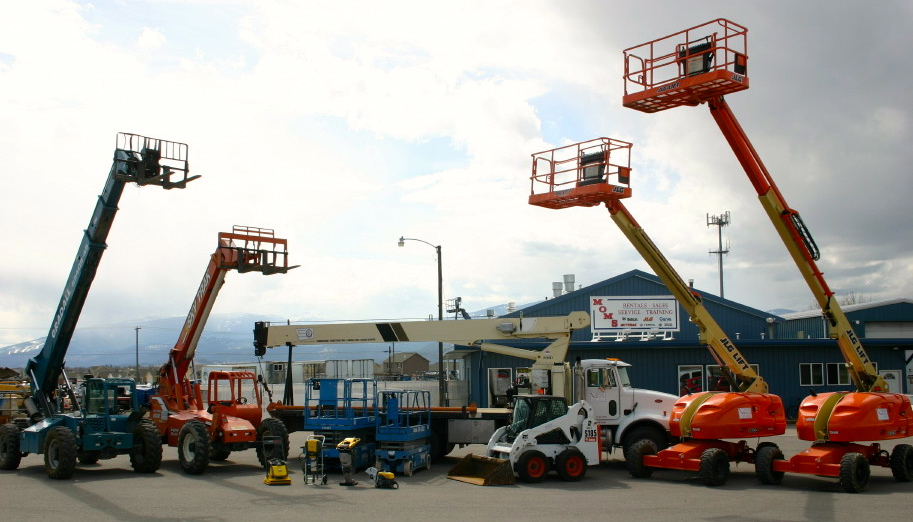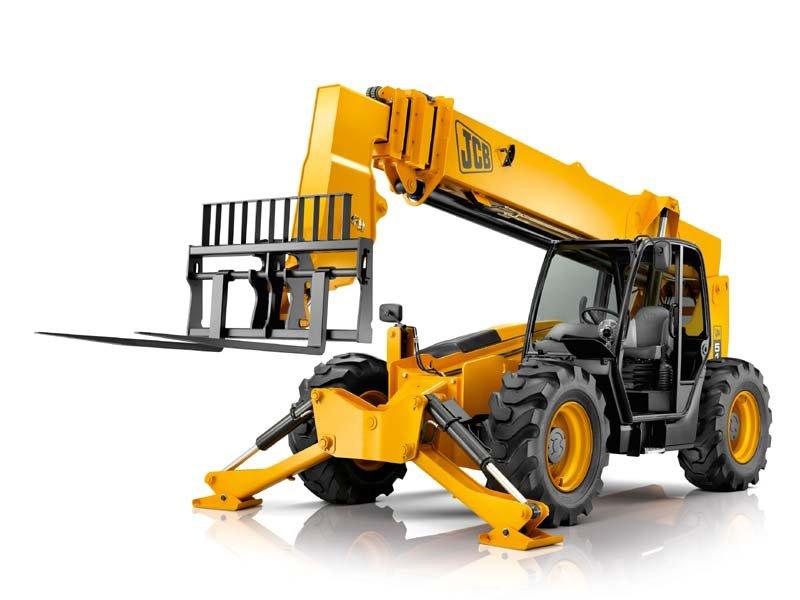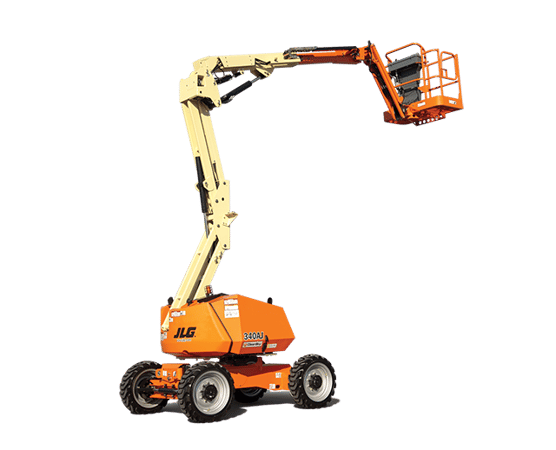Forklift Rental: Heavy Lifting Equipment for Warehousing and Much more
Forklift Rental: Heavy Lifting Equipment for Warehousing and Much more
Blog Article
Optimize Your Spending Plan by Understanding the Costs Related To Building And Construction Devices Services
Comprehending the full extent of prices linked with building and construction devices rentals is vital for optimizing your budget plan. What strategies can be used to effectively take care of these prices and ensure an extra reliable rental experience?
Overview of Rental Costs
When taking into consideration building and construction devices leasings, recognizing the connected prices is extremely important for reliable budgeting and job planning. Rental costs can differ considerably based on several elements, including tools kind, duration of service, and place. The preliminary rental fee usually reflects the equipment's market demand and its linked operational abilities, influencing the total expense.
Along with the base rental rate, supplementary costs might arise, such as transportation costs, gas additional charges, and maintenance costs. It is necessary to make up these added costs to properly assess the total expense of renting devices. The rental duration can influence pricing; longer services may certify for affordable prices, while short-term services might sustain greater daily costs.

Malfunction of Rental Prices
A comprehensive understanding of rental rates is vital for contractors and job managers aiming to maximize their spending plans. Rental prices for building equipment typically contain a number of parts, including base rates, time-based charges, and usage charges.
Base rates are the core charges connected with the rental of the devices, frequently figured out by the kind and size of the machinery. These prices can differ dramatically, affected by elements such as equipment need, schedule, and regional market patterns. Time-based charges, which may be daily, weekly, or monthly, serve to accommodate different task timelines and rental periods.
Additionally, rental rates may include usage charges, which apply when equipment is used past a specified threshold, guaranteeing that the rental business can represent wear and tear. Seasonal demand changes can likewise impact rental rates, with peak building seasons normally regulating higher rates.
Furthermore, understanding the rental firm's plans regarding upkeep and insurance coverage can supply more insight right into the general expense framework. By examining these parts, specialists can make educated decisions, making certain the option of rental devices aligns with both project needs and budget constraints.
Additional Charges to Consider
Recognizing the ins and outs of extra costs is vital for professionals to manage their general rental expenses successfully. Beyond the typical rental prices, different extra charges can considerably influence the complete expense of equipment leasing. These charges commonly include distribution and pick-up costs, which can vary based on range and logistics included in delivering the devices to and from the job website.
Furthermore, some rental firms might enforce fuel additional charges if the equipment is returned with less fuel than when rented. It is additionally essential to know prospective cleansing fees, particularly for specialized tools that calls for thorough maintenance after use.

Completely assessing the rental arrangement and clarifying these extra costs upfront can help professionals make certain and avoid unforeseen prices that budgets remain intact throughout the project lifecycle.
Maintenance and Repair Expenses
Regular repair and maintenance expenses are frequently why not try these out overlooked elements that can substantially affect the overall expense of building devices services. When renting equipment, it is crucial to think about not just the rental charges yet also the possible costs related to maintaining the equipment in optimum operating problem.
Many rental firms include fundamental upkeep as part of the rental contract; however, more comprehensive repair work or unexpected failures can cause added costs. It's vital to examine the rental agreement thoroughly to comprehend what upkeep solutions are covered and what responsibilities fall on the tenant.
Furthermore, equipment that is not properly maintained can result in inadequacies on the task website, potentially enhancing and creating hold-ups project prices. To minimize these dangers, it is recommended to conduct normal examinations and preserve open communication with the rental supplier concerning any concerns that emerge during use.
Insurance and Obligation Expenses
Insurance and liability costs are critical parts that can significantly impact the overall cost of construction equipment services (mini excavator rental). These costs make sure that both the rental business and the client are safeguarded from potential monetary losses occurring from accidents, damages, or burglary throughout the rental period

Additionally, clients need to recognize any kind of deductibles or exclusions in the insurance coverage policy, as these can impact possible out-of-pocket costs. Recognizing the terms of any type of insurance policy coverage is crucial to stay clear of unanticipated costs. Eventually, budgeting for insurance policy and liability costs can help make sure a smoother rental experience and shield against economic threats connected with construction jobs.
Verdict
In conclusion, a comprehensive understanding of the costs linked with building devices leasings is important for effective budget monitoring. Inevitably, notified decision-making concerning tools services contributes to the overall success of building and construction ventures.
Rental costs can differ dramatically based on a number of elements, consisting of devices type, period of leasing, and location (aerial lift rental). The rental period can impact rates; longer leasings may certify for reduced prices, while temporary services might sustain higher everyday charges
By carrying out detailed study and involving with reliable rental firms, specialists can effectively browse the complexities of rental prices, inevitably maximizing their economic resources.
Past the basic rental prices, various extra charges can substantially influence the total expense of equipment leasing. Rental firms often supply responsibility insurance coverage that covers injuries to have a peek here 3rd parties or damage to property, while equipment damage insurance coverage can cover the price of repairs or replacement if the leased tools check my reference is damaged.
Report this page